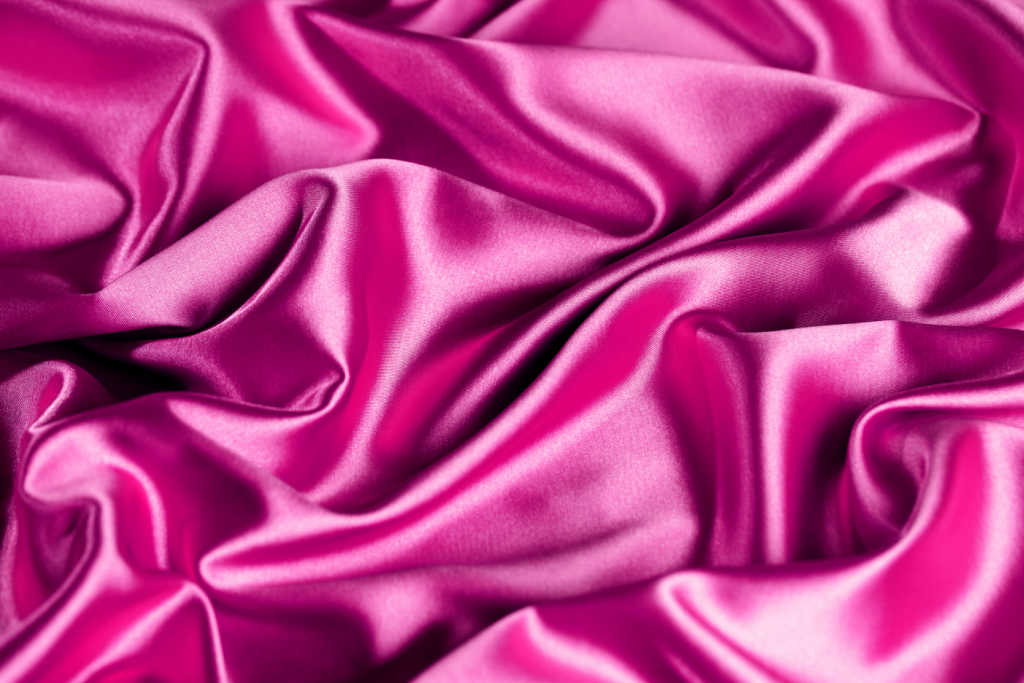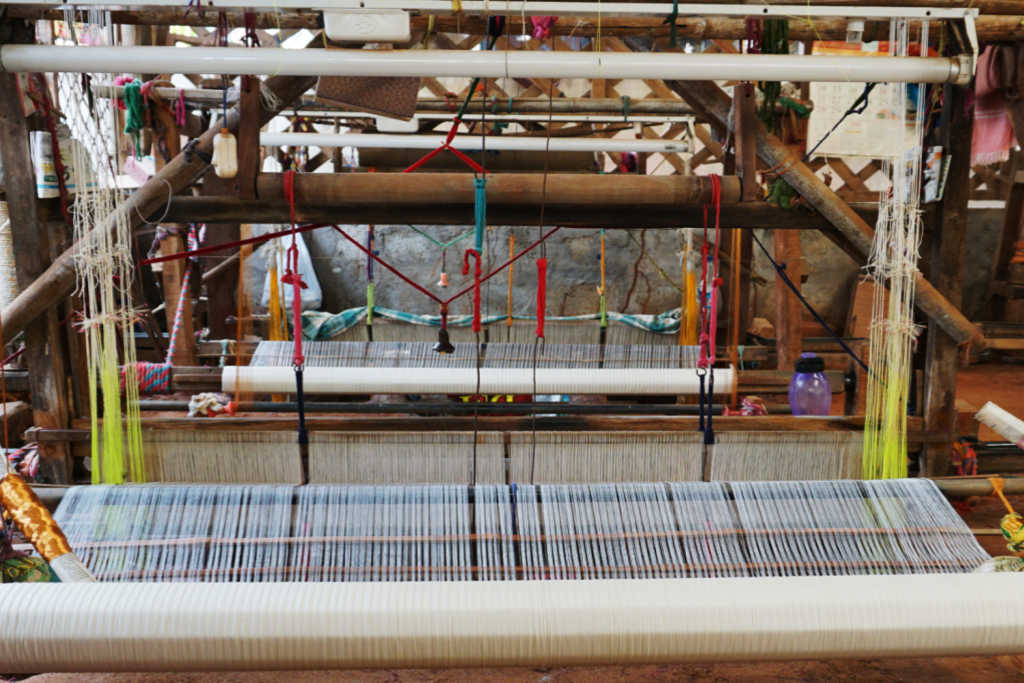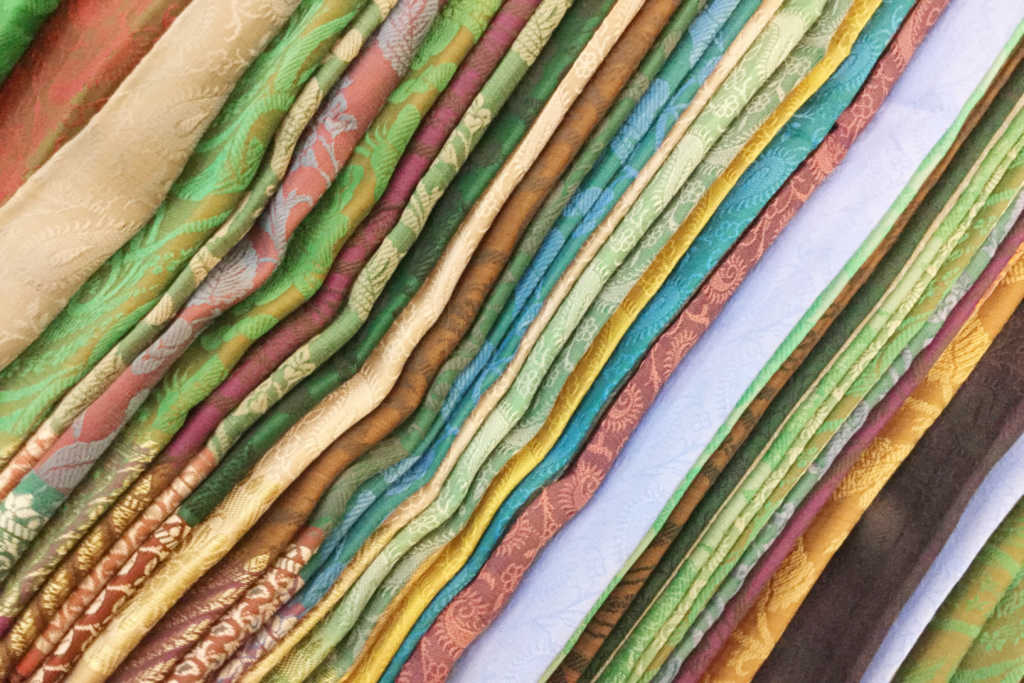If you’re looking to make a statement with your clothing, a silk saree is the way to go. And with so many different designs and colors to choose from, it can be hard to know where to start. But don’t worry—we’ve got you covered! In this article, we’ll take you through everything you need to know about making a silk saree step by step. From measuring your body type and choosing the right fabric to sourcing the best ingredients, we have all the answers you need. So let’s get started!
How to Make a Silk Saree Step by Step

Sewing a saree
If you want to make your own silk saree, there are several steps that you need to follow. You must remember to tuck in the fabric and arrange it in the correct way. You must also make sure that you have the right pleats and flow.
The first step in sewing a silk saree is to make a pleated pallu. The pleats should be small and thin. Begin by bringing the fabric from one side to the other, making sure that the pleats are even all around. Then, you should pin the pleats in place.
Now, the next step is to sew the fabric. The silk threads are dipped in a color that you want to match. After that, you can start the embroidery process. The Chinese were the first to manufacture silk sarees, and their process is incredibly detailed.

Sewing a silk saree will allow you to experiment with the style and color of the drape. You can make it into a Bengali style, a Maharashtrian Nauvari style, a dhoti style, or even a modern saree. There are so many different ways to wear a silk saree, and it’s the most versatile nine yards of fabric there is!
Sewing the fall is an important part of the entire process. This piece of fabric is attached to the hem of the saree. This strip is usually about 5 inches wide and three meters long. It should match the saree’s color and not show through the saree’s fall.
Adding a silk pallu or anchal
If you want to add a silk pallu or Panchal to your silk saree, you must first understand the basics. The petticoat is the decorative part at the end of a silk saree. It is optional and can be left out when you are not wearing the saree.
The pallu covers the midriff and bosom area of the saree. Hence, it is important to pay special attention to its design. Designer pallus have special significance in sarees. The drape and placement of the pallu are important factors in making it look beautiful.

To begin, measure the width and length of the saree. The saree should be roughly one foot wide. The width portion should be at least 3 inches wide and should end at the left shoulder. Once you have measured the length and width, start folding the fabric. You can use a safety pin to help keep it in place.
When adding a silk pallu or Panchal to a silk saree, there are several ways you can drape the pallu over the body. You can drape it lengthwise across your shoulder, wrap it around your back, or drape it length-wise across your body. You can also add a jeweled belt to the pallu to give yourself a more extravagant look.
